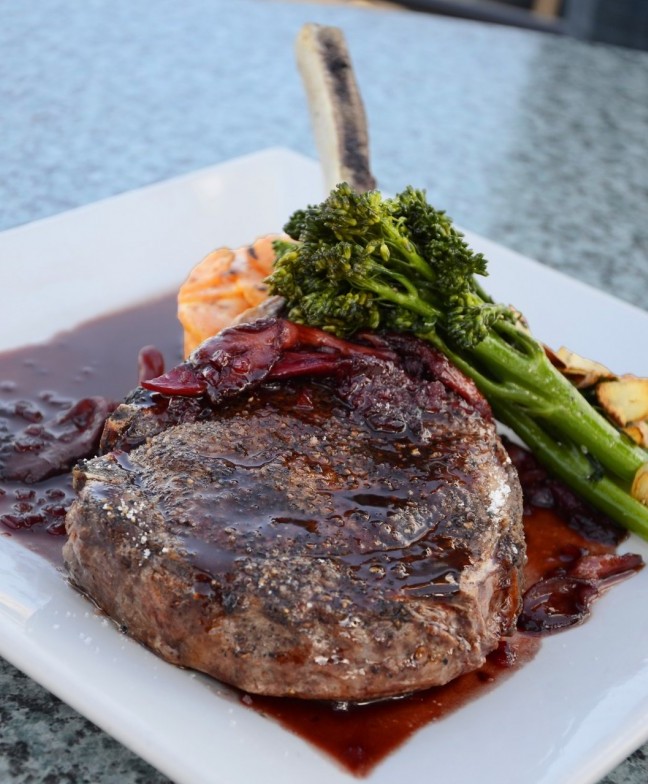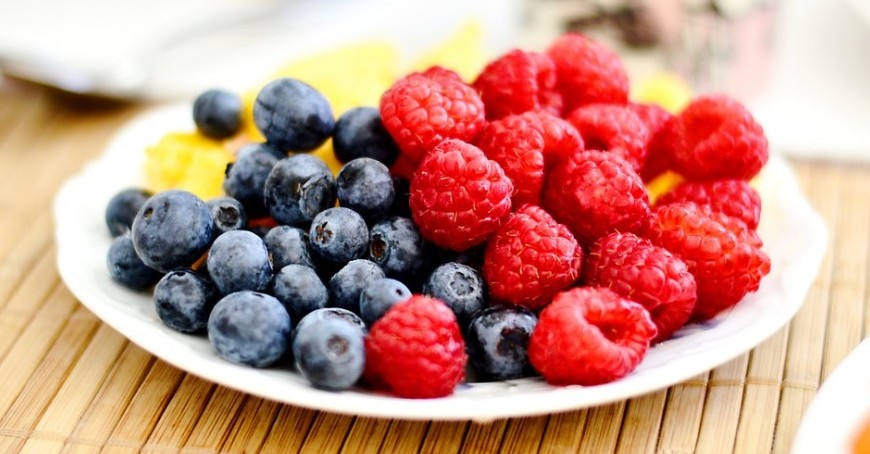If you have been considering a ketogenic diet for weight loss, seizure control, improved brain function, or improved blood sugars, you may be wondering what foods can you eat on a ketogenic diet? You may also be wondering how you are going to keep track of all those carbohydrates, fats and proteins.
Don’t worry! It does not have to be that difficult. Once you have a few parameters in mind, you can easily track the most important macronutrients. It will become second nature to you. If my baby sister can figure out how to count her carbohydrates at the age of 3, anyone can do it! (My sister was diagnosed with Juvenile Diabetes at the age of three.)
When I started the ketogenic diet, my sister clued me in to how she mastered keeping track of her carbohydrates. She memorized which foods were considered “freebies.” She knew that she could have as much celery as she wanted. She became more careful when it came to fruits because she knew that she would have to measure them out. You can think of meats and leafy greens as your “freebies.” Don’t worry about overeating those.
Focus in On Meats
Meats do not contain any carbohydrates. They are one of the most nutrient dense foods. I learned about the healing powers of meats when I read up on the Gut and Psychology Syndrome Diet. Dr. Natasha Campbell-McBride explained that people who had gut dysbiosis struggled to digest vegetables because they didn’t have enough bacteria in their gut to break down vegetable fiber.
Vegetables contain fiber and carbohydrates. The fiber must be broken down by gut bacteria. This can be problematic with the mechanisms that we have today for growing crops. There is a pesticide that is sprayed on crops known as Glyphosate, or Round Up. This pesticide prevents insects from eating the crops, but it also destroys the bacteria that are in our gut that help us digest food. The strongest concentration of glyphosate that you will get will be on grains. This is another great reason to focus more on eating meats.
- Beef
- Lamb
- Fish
- Seafood
- Chicken
- Duck
- Eggs
Learn The Lower Carb Veggies
Eating a meat only diet can get a bit boring. Most people will want to add some variety to their diet for their own sanity. Non-starchy vegetables are allowed and even encouraged on a ketogenic diet. If you aren’t sure which vegetables are going to be low in carbohydrate, you should think of leafy green vegetables. Vegetables that grow on the ground instead of in the ground are going to make the cut as well.
Root crops, such as potatoes and carrots are going to be higher in starch. Starches turn into sugars once you start digesting them. Think about whether that vegetable grows above the ground before you eat it.
Some keto friendly veggies include:
- cabbage
- broccoli
- spinach
- celery
- zucchini
Fruits on the Ketogenic Diet
You are going to want to limit your fruit consumption when you are on the ketogenic diet. Fruits naturally have a lot of fructose, which is a natural sugar. Fructose is high in carbohydrates, which is the macro nutrient that you want to reduce as much as possible. However, you can fit some fruits into your diet if you plan carefully.
Berries are the fruits with the least amount of carbohydrates. You can have a quarter cup of berries with breakfast or for dessert. Apples and oranges tend to have more than 20 grams of carbohydrate, which is all that you should be eating in one day. If you don’t have many carbohydrates during your meals, you could eat half an apple or an orange. Most people don’t use their carbohydrates on one piece of fruit though.
- Avocado
- Strawberries
- Blueberries
- Raspberries
- Blackberries
- Tomatoes
Nuts on the Ketogenic Diet
Many ketogenic dieters include nuts in their diet. However, the carbohydrate count for nuts adds up quickly. If you have an autoimmune condition, you’ll want to be a bit careful with nuts as they do have some phytonutrients that can be problematic for people with autoimmune diseases.
- macadamia nuts (very low in carbs, high in MUFA)
- pecans, walnuts, almonds, hazelnuts, pumpkin seeds, pine nuts, hemp seeds, sunflower seeds, and sesame seeds
- Brazil nuts – very high in selenium. Make sure you don’t consume too many.
Mind Your Macros
Some people are excellent at recording their food and counting their carbohydrates. I am not one of those people and I doubt most people are! However, you can still be successful with a ketogenic diet even if you aren’t counting every gram of food. Having a general idea of what is acceptable on the ketogenic diet and approximately how much of it you can eat without going overboard can help you stay on track with the ketogenic diet.
Keep these things in mind when you are planning your meals for the day –
- Enjoy a moderate amount of meat.
- Eat veggies that grew on the ground – leafy greens!
- No more than one serving of fruit per day.
These three guidelines will help you to stay within your maximum of 20 carbohydrates for the day. Staying below 20 grams of carbohydrates will usually trigger weight loss in the average individual as their body starts to rely on burning fat for fuel instead of carbohydrates. Keep in mind that this usually happens within the first three to four days. You may experience cravings for higher carbohydrate foods during those first few days as your body is adjusting.

Hey, this is some useful information you got here.
It’s funny how you mention bacteria in our guts. I’m actually doing some research on that as well. It’s interesting how our bodies are made up of mostly bacteria, so they say.
Anyways, thank you for the list of foods. It really makes it easy to refer back to when needing ideas for a shopping list!!